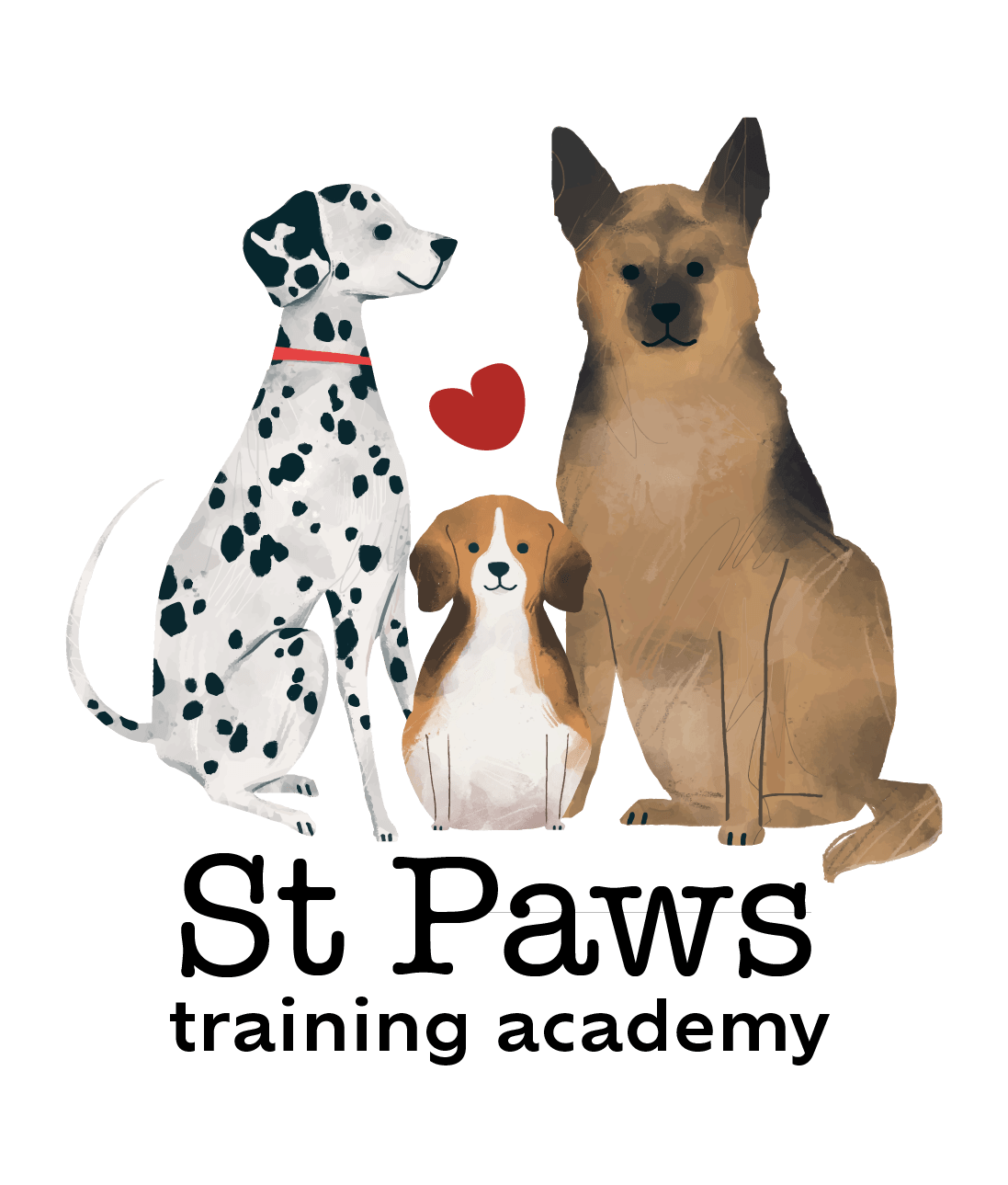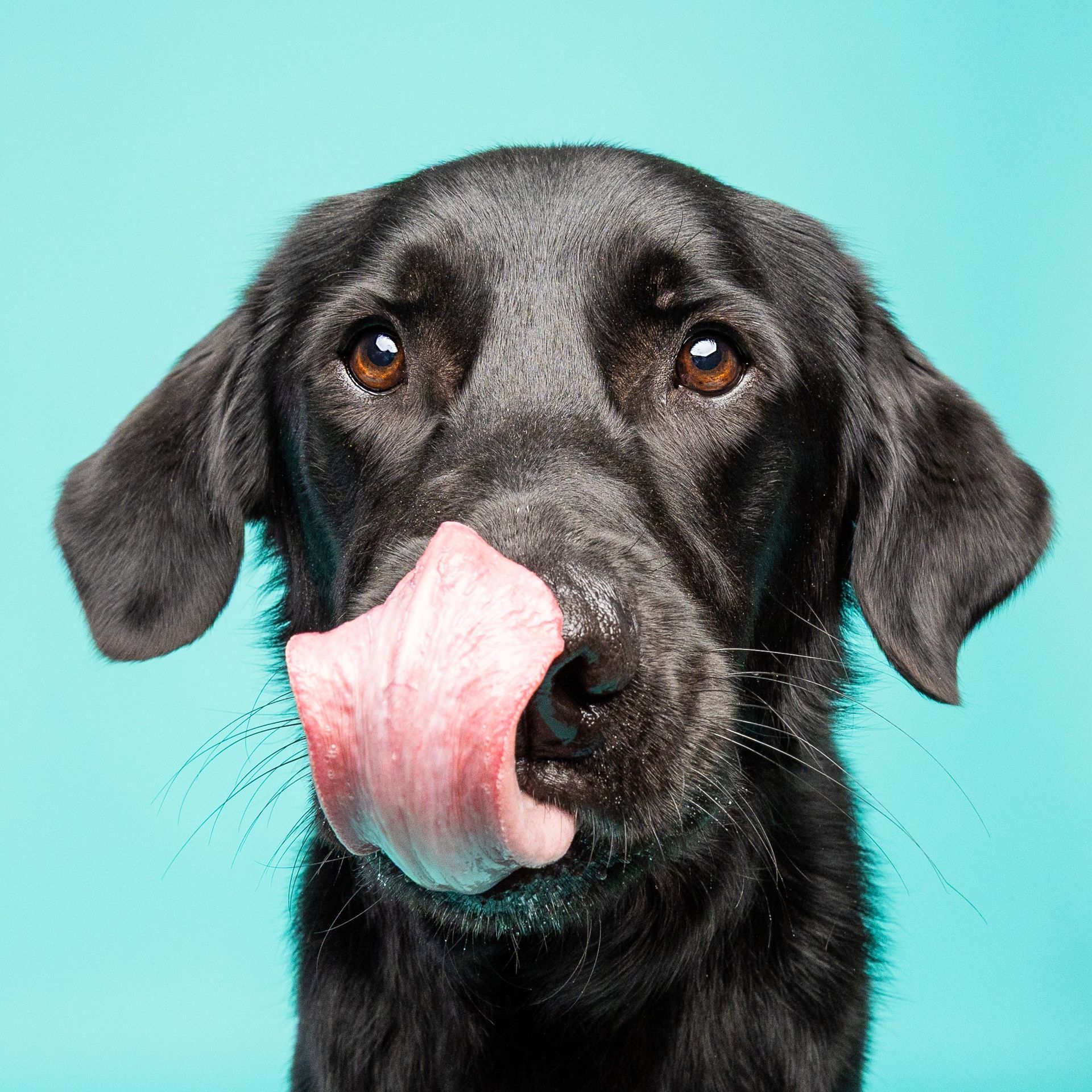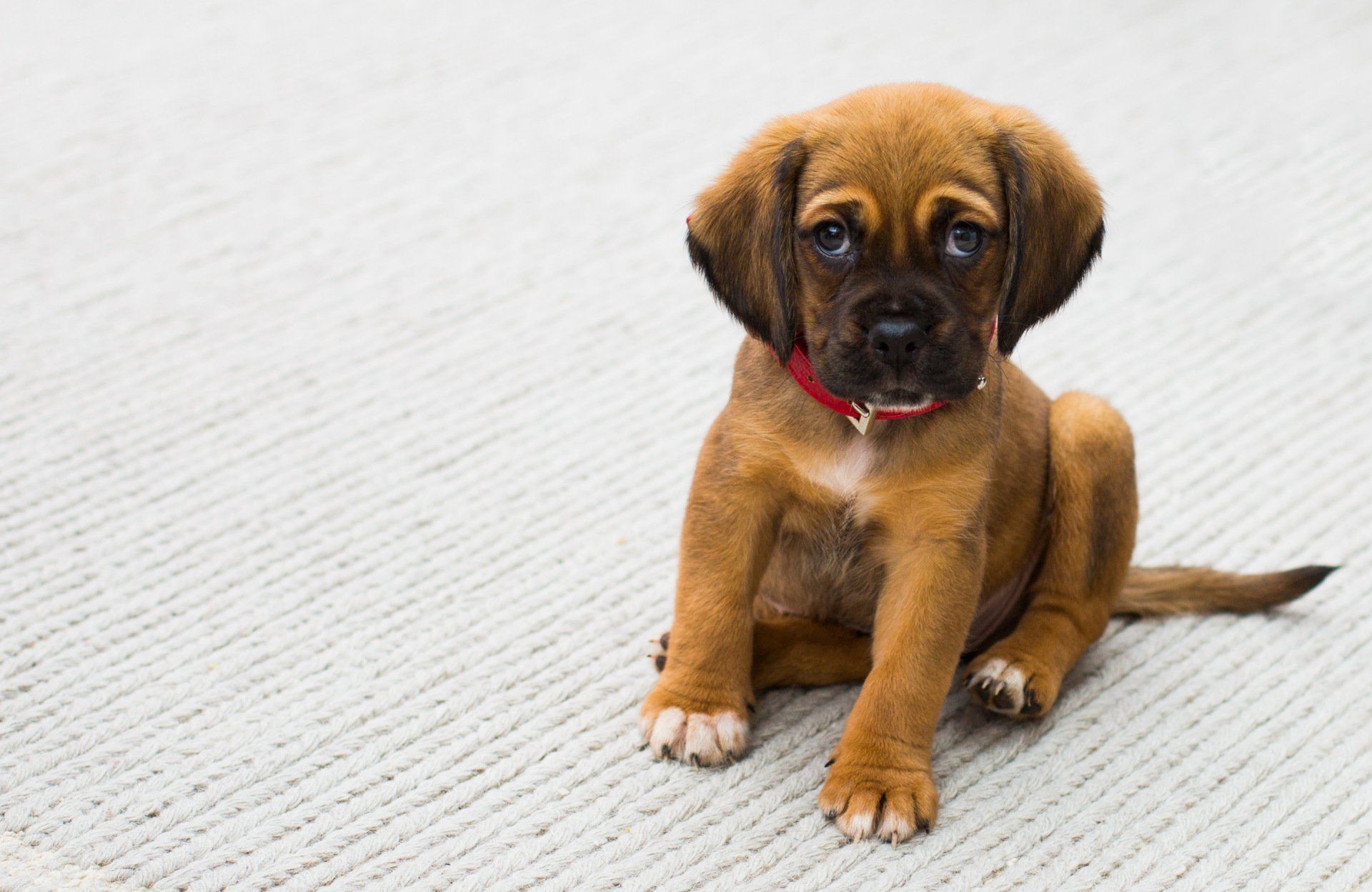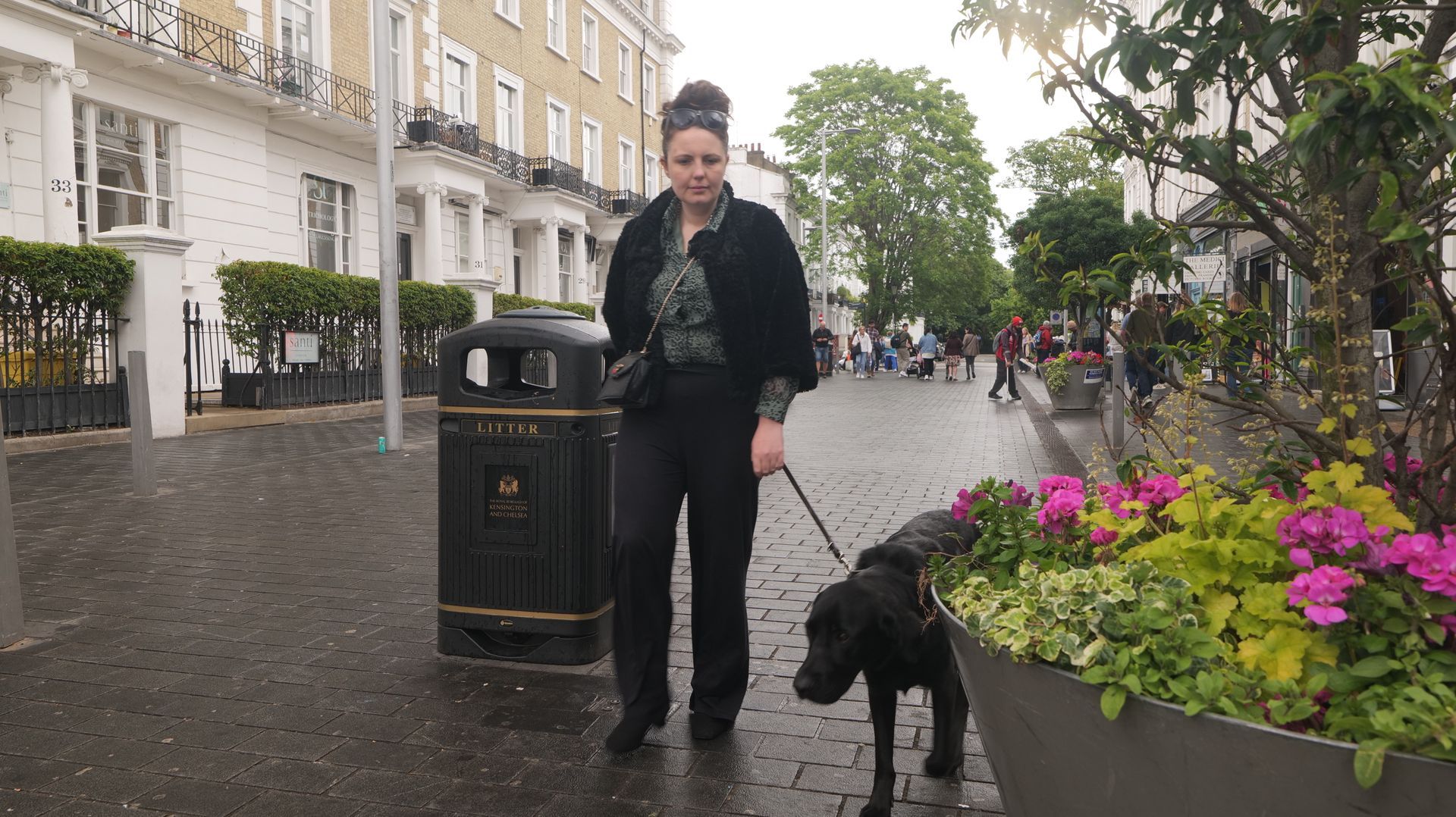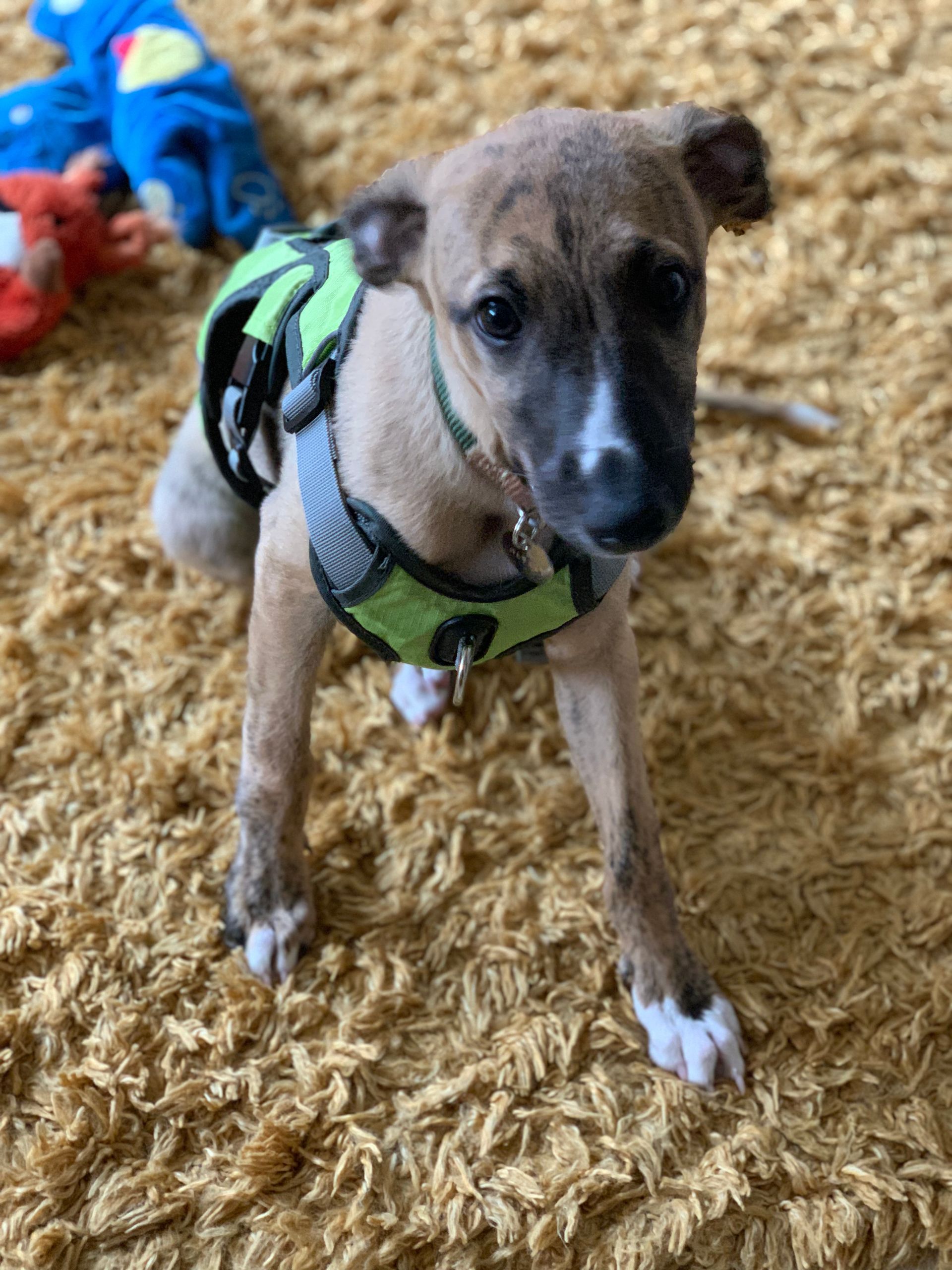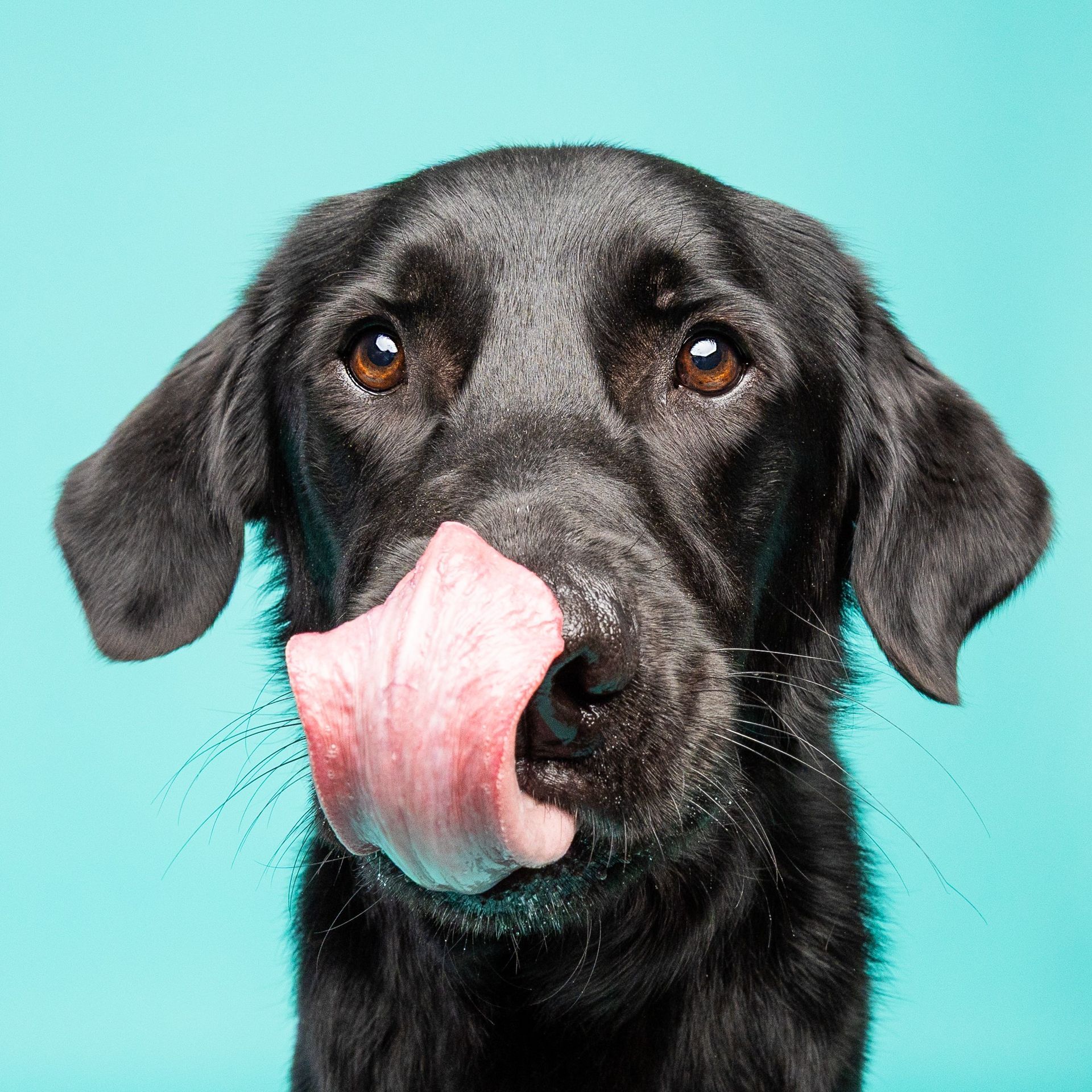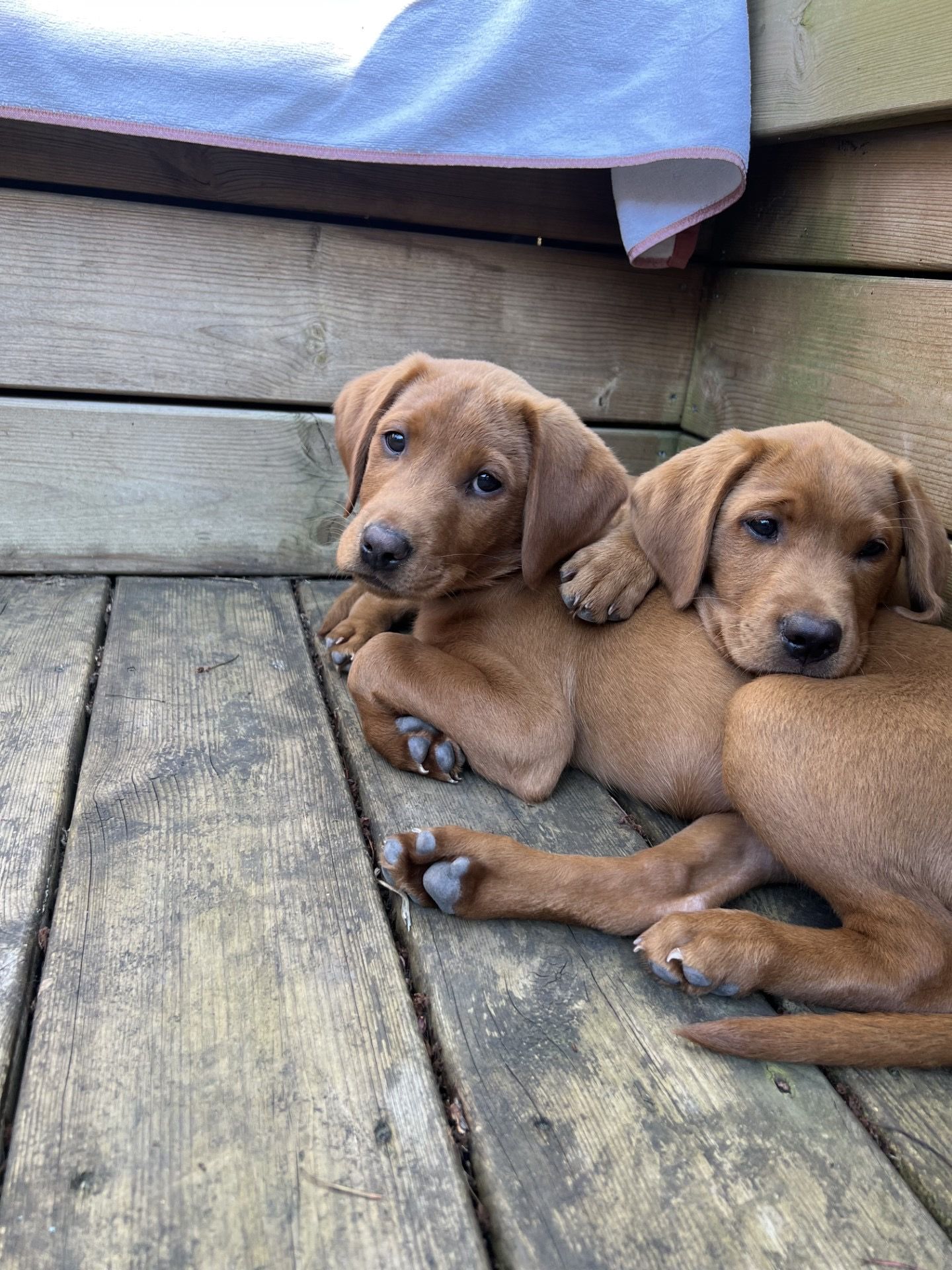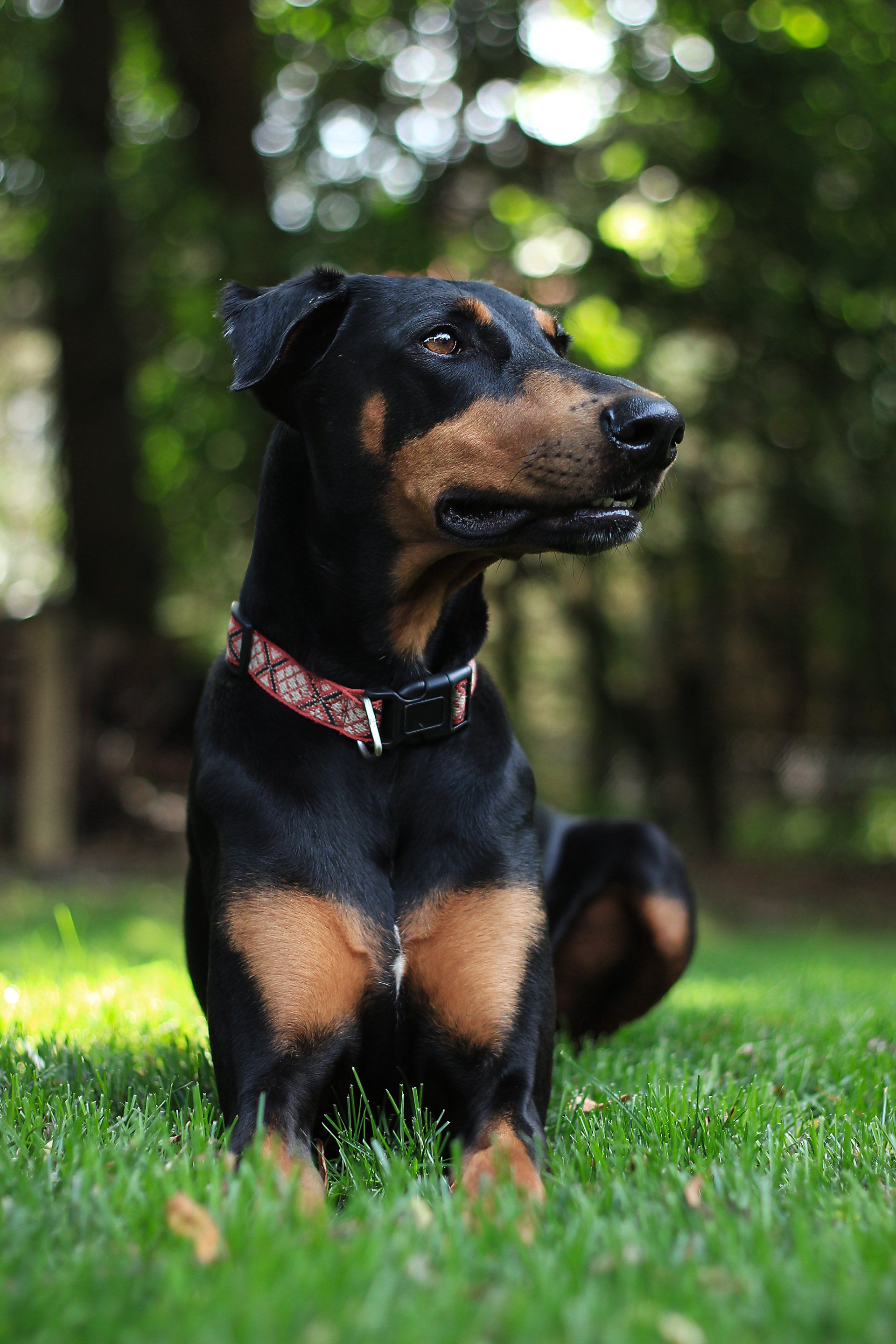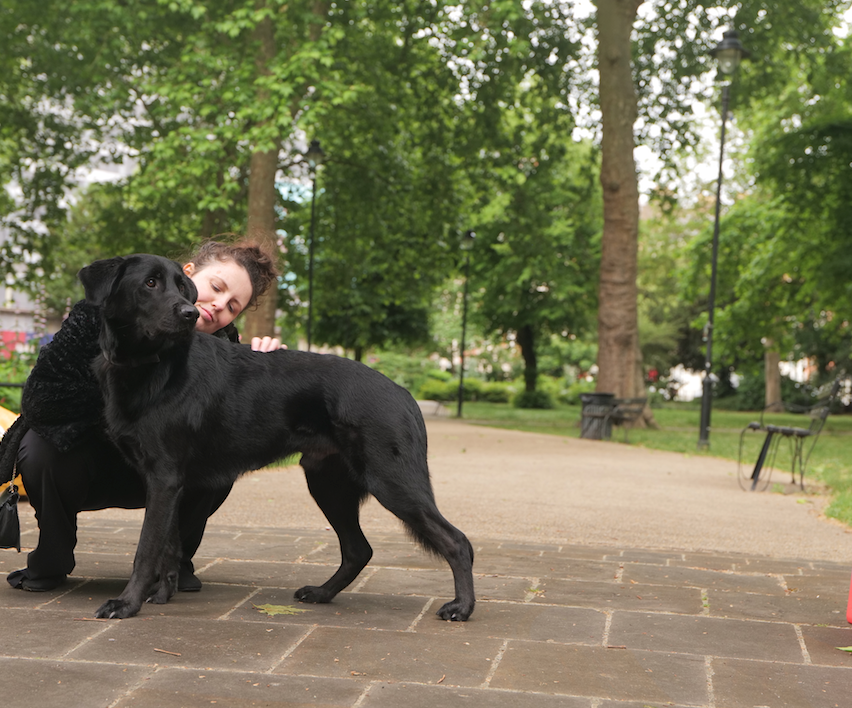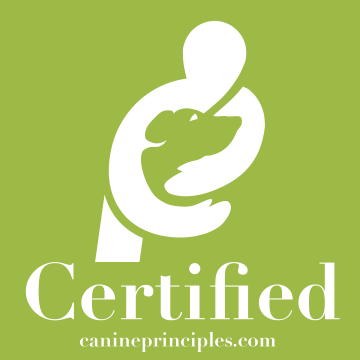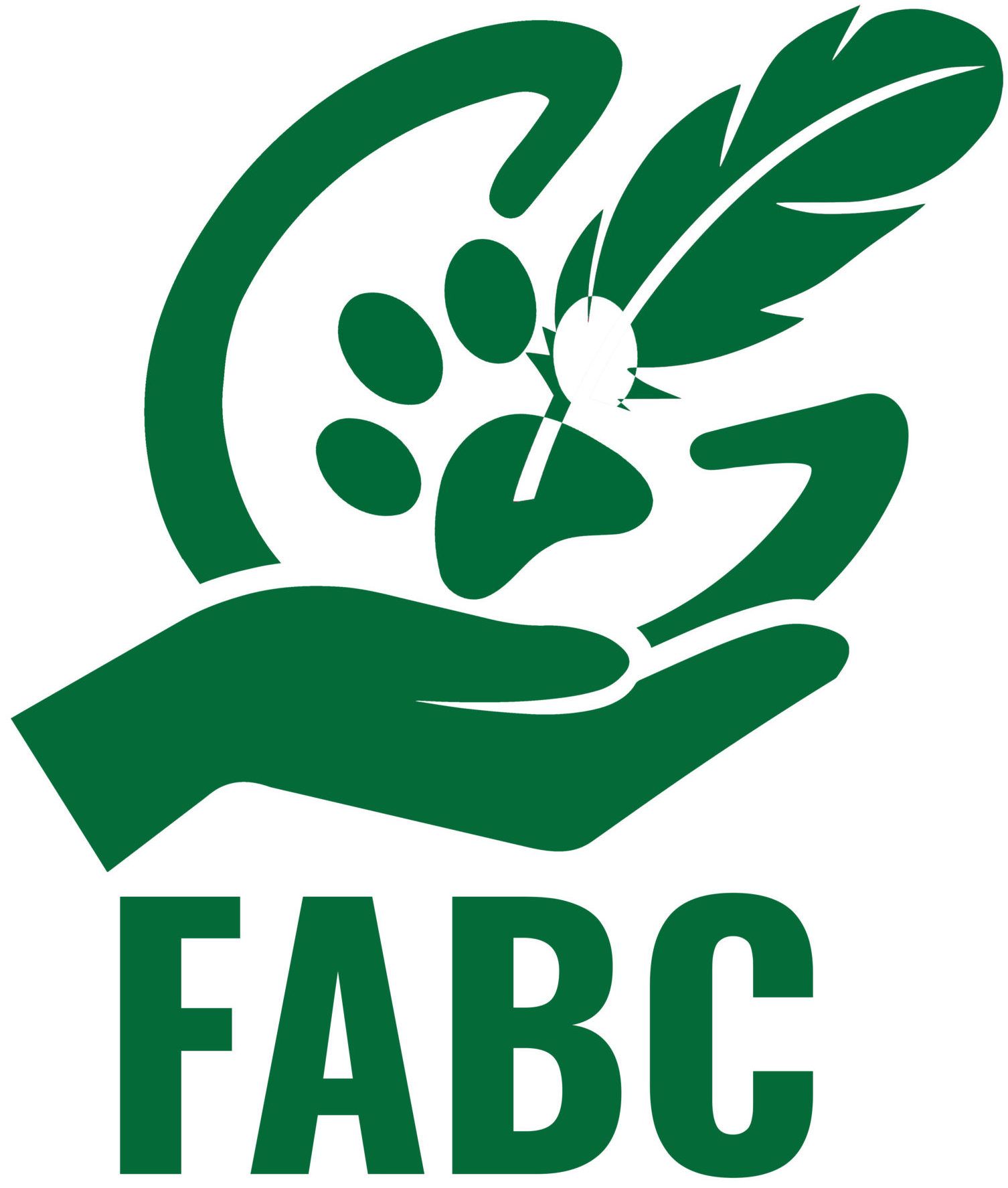How to keep your dog and other dogs safe - listen with your eyes
Spotting signs that your dog is stressed and worried
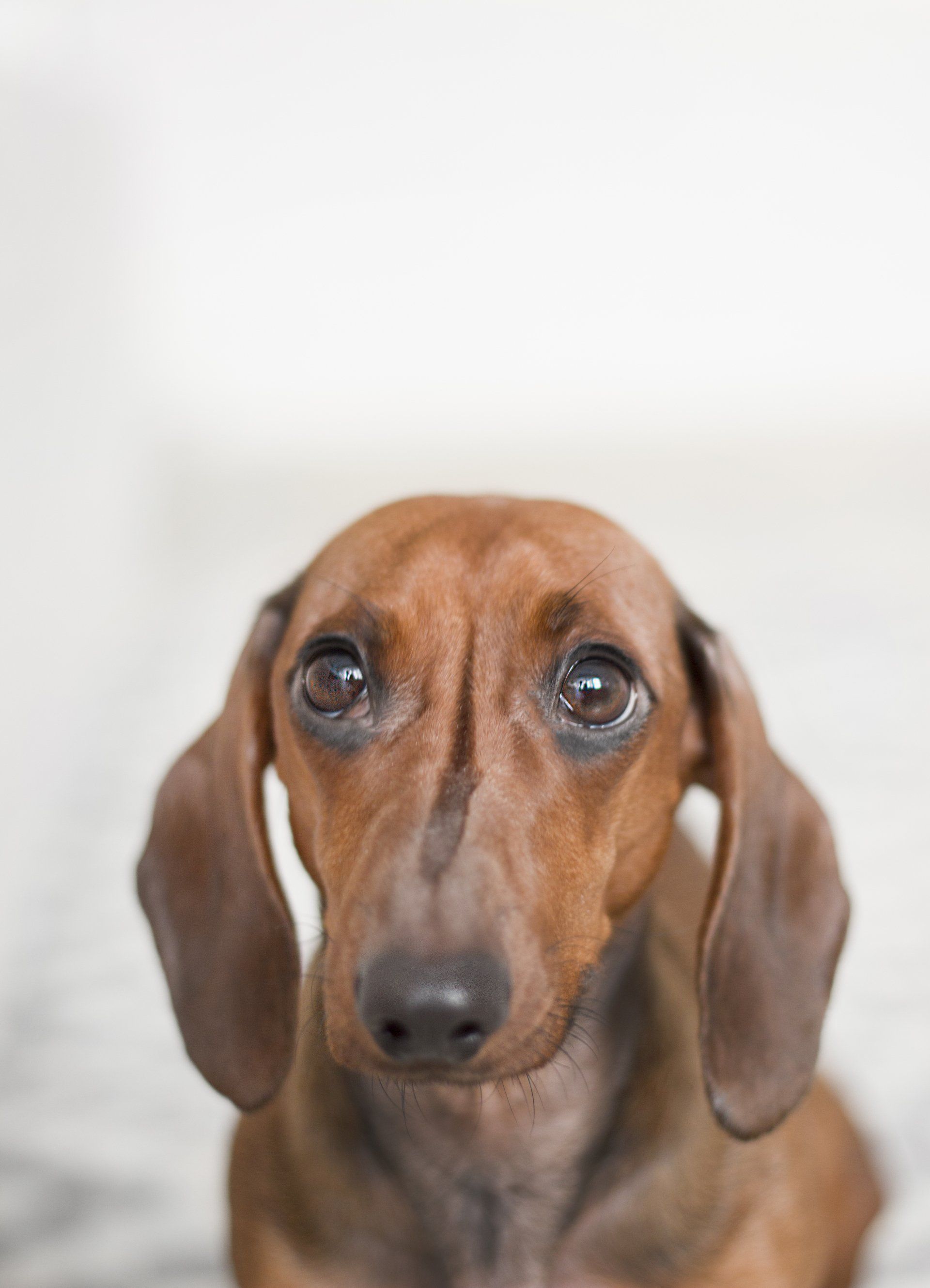
Spotting signs that your dog is stressed and worried
If you can spot signs that your dog (or other dogs) are worried you can take steps to help them before an incident occurs/ before they feel very stressed. A lot of behaviours such as growling etc can be used in play so context is key.
What to look for in your dog
This illustration by Stephanie Hedges gives a very good overview of signs to look for. Just because a dog is not shouting leave me along through their body language it does not mean they are comfortable. Dogs can show appeasement signs too so it’s helpful to look for these before they turn into the signs on the right. The incredible vet behaviourist Sarah Heath talks about the tree analogy where animals will move branches if one doesn’t work. The photo is from a cat conference but it is the same concept.
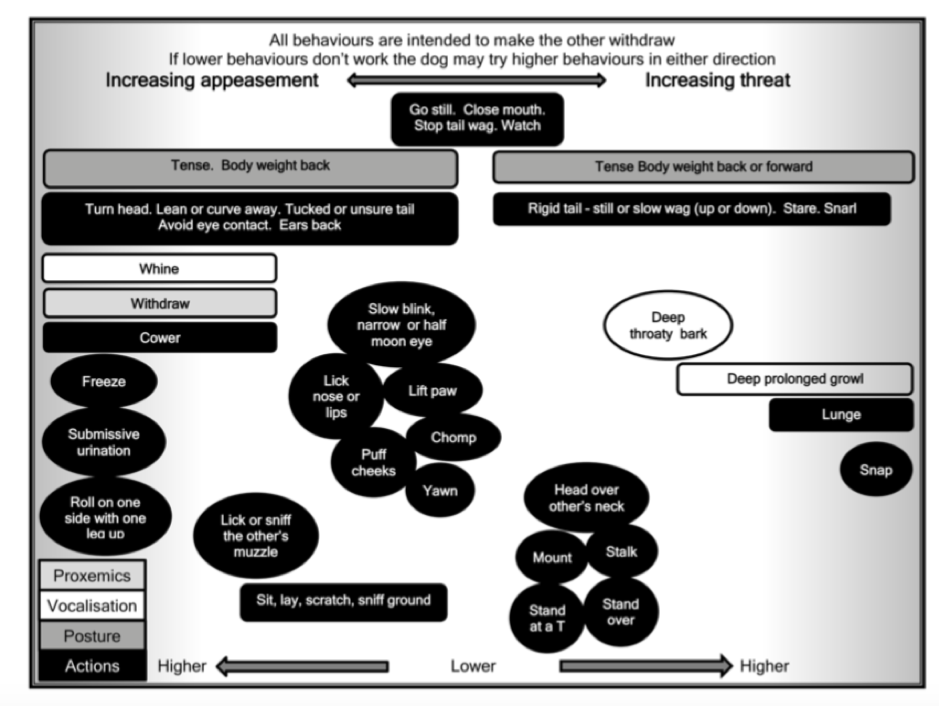
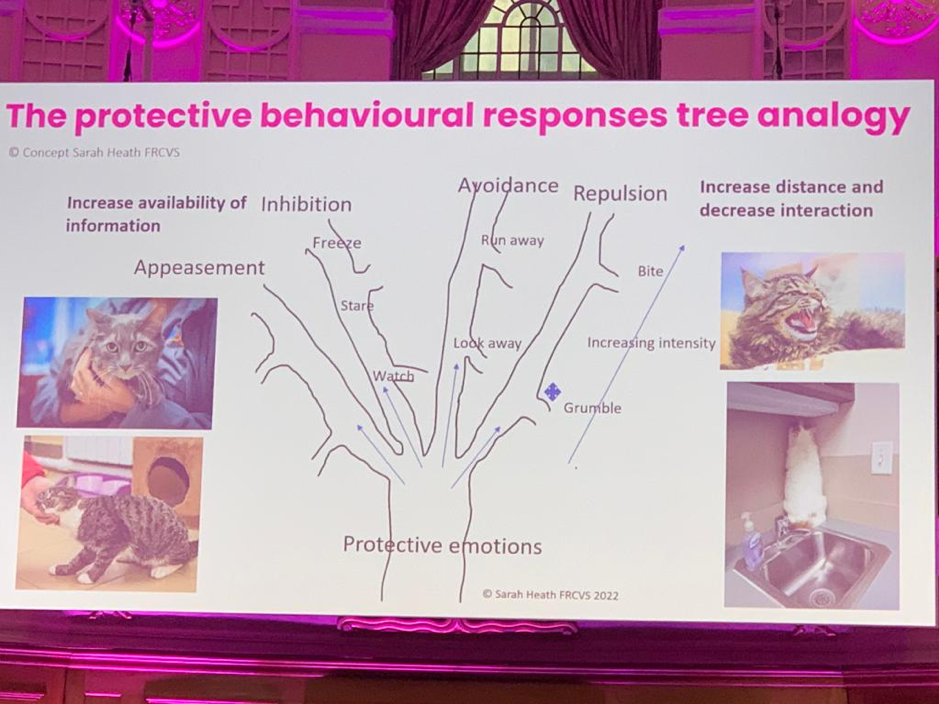
Copyright Sarah Heath. From International Cat Care Conference 2022 London
If you can spot signs that your dog (or other dogs) are worried you can take steps to help them before an incident occurs/ before they feel very stressed. A lot of behaviours such as growling etc can be
Lower level signs can include
· Lip licking
· Yawning
· Moving away
Then there are movement such as
· Lying down leg up
· Turning their head away
Then higher level signs such as
· Snapping
· Growling
· Biting
While you may think a dog needs to be told off for their ‘misbehaviour’ this is likely to make it worse. They may shut down and if this behaviour has been punished they may move straight to the bite next time. There is nothing more rewarding than feeling safe so if a dog learns growling works they are likely to repeat this behaviour. Working with a qualified behaviourist and using stress reduction, management, counter conditioning and desensitisation is important.
What to look for in other dogs
Again, looking for the signs above is important. Also the owner’s body language may indicate that their dog behaves in a certain way.
What about breeds?
Some breeds cannot show body language as easily for example French bulldog’s cannot tuck their tail underneath their body and there are already frowns in their forehead, so you can pay attention to their fur, sometimes if it's sticking up this is a sign they are worried.
New Paragraph
